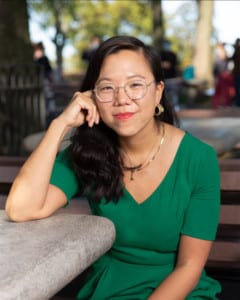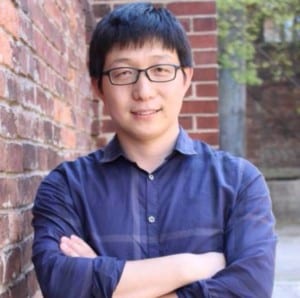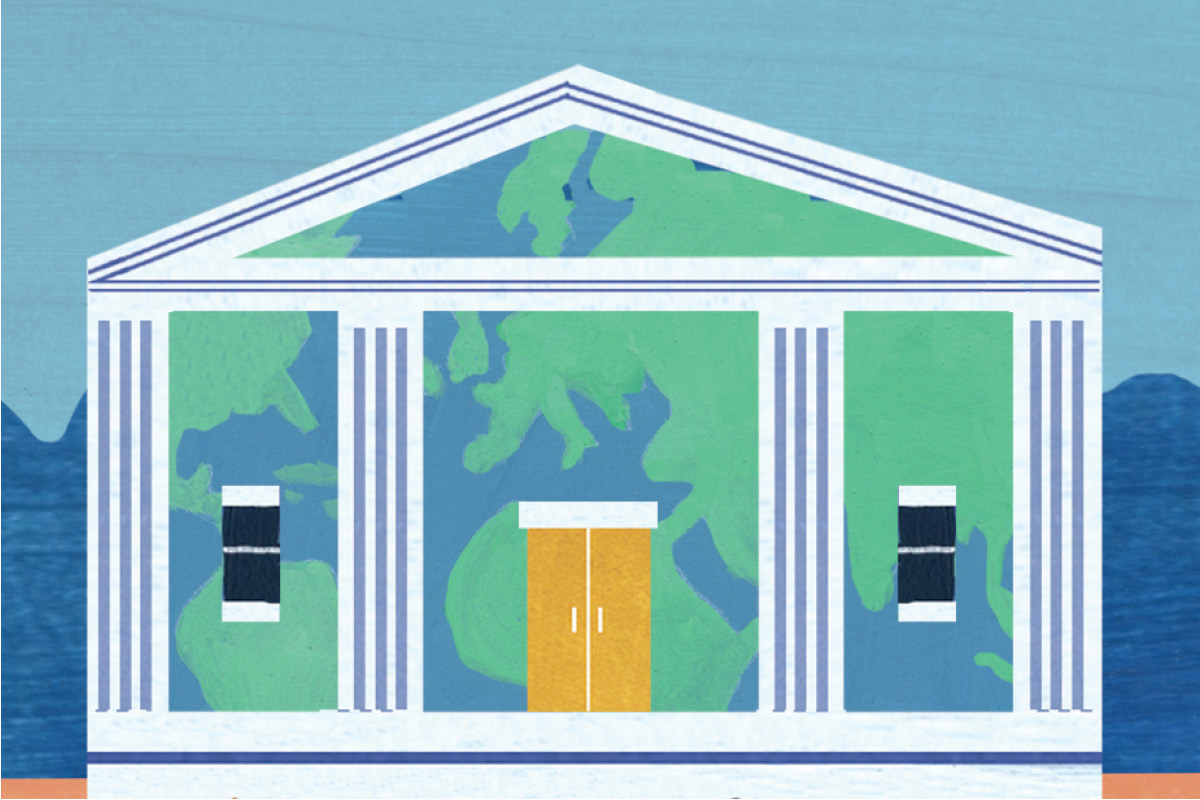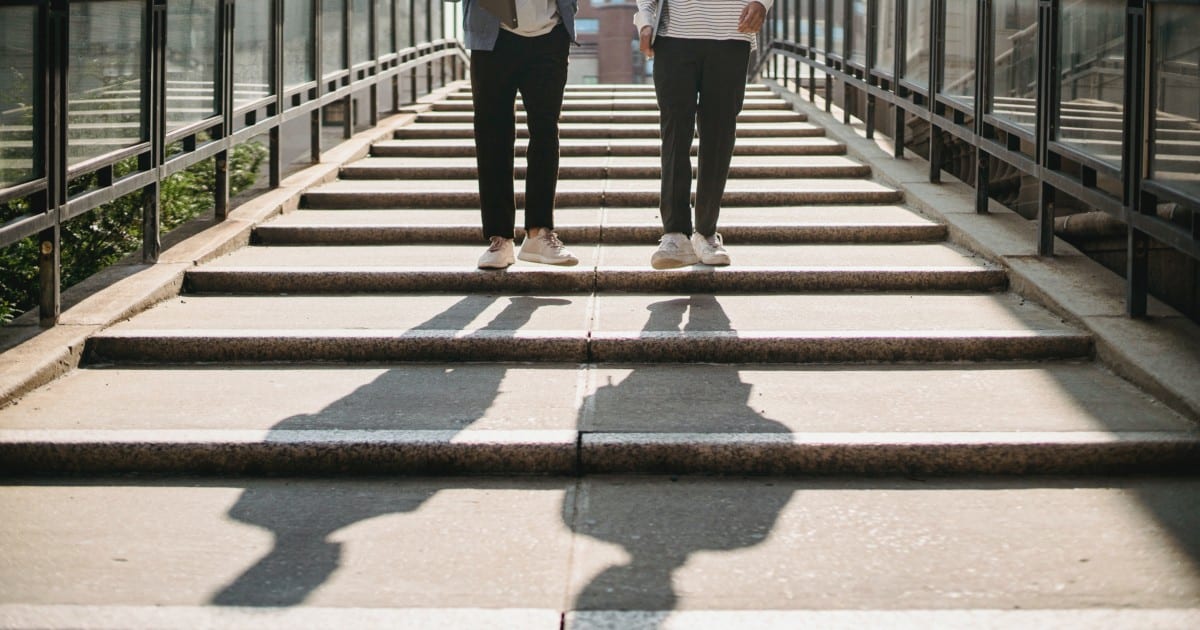Asian international students are questioning their choice to study in the U.S. What can colleges do differently?
In March 2020, thousands of international students scrambled to make a plan that would affect the next year of their lives, if not their foreseeable futures. The majority of them were from Asian countries. In only a matter of days, emergency mandates on the COVID-19 pandemic forced students to decide to stay in the United States or return home, not knowing the extent of how their home countries would be affected by the virus, and not knowing when, if ever, they would return to the United States to complete their education.
As the pandemic continued, students who left felt even more isolated from their campus communities, first by the time difference they struggled with in attending classes online and then, from the daily onslaught of U.S. news reports chronicling the rise of hate and discrimination against Asians and Asian Americans. With over 6,600 attacks and incidents of anti-Asian discrimination being reported since the onset of the pandemic, many of these students will now decide whether to return.
Seventy-seven percent of the 1.1 million U.S. international students come from Asia – many of which pay full tuition to attend some of America’s most highly selective universities. Yet from 2019 to the fall 2020, new enrollment of international students overall declined by 43%, indicating that the onset of COVID-19, and the acerbic political climate in America that plateaued under the Trump administration, was interrupting what was a positive trend for U.S. higher education.
Fearing that the events of the last 18 months will trigger a significant decline in new Asian student enrollment specifically, administrators are now scrambling to make their campuses more welcoming for these students, starting with addressing what current students report to be their biggest reasons for not returning – namely their mental health and wellbeing, their sense of belonging, and their personal safety.
Anxiety Dreams
Josh, a rising senior at a small, liberal arts college in New England, returned to China in the spring of 2020. After the Atlanta shooting (of six Asian American women) in March 2021, he debated whether he wanted to stay permanently or return to the U.S. “Seeing the escalation of hate crimes that were happening even before the Atlanta shootings definitely made me really second guess going back to the U.S.,” said Josh. He began to realize, “Asians obviously still face a lot of racism and discrimination” to this day.
Remote learning was particularly tough for Josh. He felt that in some ways he was even more isolated than his peers in the United States, attempting to stay alert and awake for his classes in the middle of the night while sleeping during the day when his family was awake. He felt depressed. As thankful as he was to spend his college years developing close friendships in America, he is saddened by the fact that there is a real possibility he may never see them again amidst the uncertainties that came with the pandemic, especially if he decides to not return to the United States.
For Josh, Sara and many Asian international students, the events of the last 18 months exacerbated the challenges they faced before the pandemic and the microaggressions they had tolerated in the past.
Sara, a rising sophomore who spent the pandemic living at home in Japan, is also fearful of the recent attacks and feels heartbroken hearing about the hate crimes against the Asian American community. “I have a lot of friends who are Asian American – while that community is really important to me, it’s also a direct threat to my safety,” she said.
From age six to 14, Sara grew up in the United States and sees America as her second home. She always dreamed of attending a college in the United States and spent the following years studying and working passionately on projects to achieve that dream. During COVID-19, and the early outbreak in Wuhan, China, Asian students studying in the U.S. felt they were being falsely blamed for “bringing the virus” to the States.
“I think that was definitely a wake-up call for a lot of Asian international students. As much as a lot of us dreamed of living and studying in the States, the United States isn’t the glorified, diverse, melting pot of cultures, ethnicities, nationalities, and identities it is made out to be.”
For Josh, Sara, and many Asian international students, the events of the last 18 months exacerbated the challenges they faced before the pandemic and the microaggressions they had tolerated in the past. When Josh arrived at college after spending his whole life in Hong Kong, he experienced somewhat of a racial reckoning. “College was the first time I felt what it meant to be a minority and a person of color. Those were labels I never really had to have assigned to me until I got to college because I lived in Asia my entire life. I went to an international school where everybody was Asian or half-Asian, which reflected a lot of my exposure and perception to race before I got to college.”
As Sara continued to have more conversations with her peers, she realized even when she was living in the States as a child, she faced many of the same racist microaggressions as well. “I just never really realized they were blown out of that racist intention, because I was still a kid, so it was really hard to tell.” Processing all of this has been hard on her mental health. Sara struggled with increased anxiety that was compounded by the uncertainties of her visa and COVID-19. “I had to deal with a lot of bouts of not just anxiety about college, but just literally anxiety about what’s going to happen.”
Dr. Marcia Liu, counseling psychologist and subject matter expert at the Steve Fund, argues that colleges and universities must be aware of how anti-Asian racism impacts the physical and emotional health of Asian international students.

Marcia Liu, PhD and Counseling Psychologist
Liu says the alarming increase in racialized violence and prejudice towards people presenting as East and Southeast Asian, as well as continued anti-Asian sentiments towards South Asians and Pacific Islanders, mimics a long anti-Asian history in the United States. Throughout the pandemic, “anti-Chinese sentiment has been particularly vocal and vitriolic, echoing historical sentiments of Asians as backwards and perpetual foreigners who are interested in ‘taking over.’ International students from Asia are particularly isolated, often encountering experiences as racial minorities for the first time as students in the U.S.,” said Dr. Liu. “Colleges and universities should understand how their institutions perpetuate [Anti-Asian] racism and provide resources to ensure international students from Asia feel understood, supported, and seen.”
Dr. Guojun Wang, an Asian Studies Professor at Vanderbilt University, who works closely with international students from Asia, agrees that the pandemic unearthed simmering prejudice Asian students have long encountered. He recalled one conversation with a student who he sent to the counseling center for severe anxiety. “She was so surprised that important people at the school cared about her,” he said, referring to the positive experience she had with counselors and staff. “These students don’t feel they’re part of the community.”
At Vanderbilt, international students make up about 11% of the entire student body. At other universities, it’s even more than that, which has prompted many administrators across the country to recognize and address the issues these students are experiencing; and to perhaps atone for the fact that many of these same students felt lost in the crisis that was COVID-19.
“The university is the only thing these students can count on to protect them,” said Wang, noting that throughout the pandemic, many international students felt their institutions let them down. For many, it seemed like one more reminder that they are less valued than their American peers.
Having been one himself, Wang says Asian international students often feel excluded from diversity conversations in America, contributing to further isolation. “When we talk about diversity, we think about domestic issues – race, gender, class, all legitimate issues. Most of my international students do not find themselves fitting into these categories. Many students who study here from Asia will not consider themselves Asian American, so when we think about diversity, we do not always consider these students.” Wang says these students may also feel excluded from partaking in these conversations because they may be viewed as temporary, rather than potential long-term citizens who hope to live and work here.
Wang pointed out that international students are also often perceived with the misnomer that they are financially well-off. “There are a lot of misconceptions about international students. People always describe them as ‘cash cows,’ bringing full tuition to America – that they’re rich. That is far from true. Many of my students on campus have part-time jobs to support themselves. Usually, financial support is not available for international students.”
The immense financial toll of studying in the United States can be stressful for international students feeling pressure to achieve a return on their investment for their education. Students may feel limited in what kind of majors they can select, feeling stress from recognizing the financial burden on their families back home. Wang says he notices most of the international students from Asia major in STEM-related studies, such as economics or computer science.

Guojun Wang, PhD and Assistant Professor of Asian Studies at Vanderbilt University
“Majoring in humanities and liberal arts, for them, is a luxury. They do want to, but the cost is high for them to take humanities or liberal arts courses,” said Wang. In many ways, having to focus on studying coursework in STEM fields can also cycle stereotypes of the model minority – that Asian students are naturally gifted, especially in STEM. In reality, many students from Asia may actually feel an incredible responsibility to study those certain subjects to become the upwards social and fiscal mobility for their parents and family back home.
As competition for highly-selective universities continues to rise, international students, especially from Asia, may be perceived as hostile competition by other students who feel that spots at U.S. colleges should belong to domestic students. Such antagonism and animosity provoke longstanding perpetual foreigner tropes rooted in Asian diaspora history and anti-immigration laws. Modern-day verbal threats and attacks aimed at Asian immigrants and Asian Americans only further separates the United States from understanding its comprehensive history of western imperialism and complacency with American warfare in Asian countries.
As a result, Wang says the complex layers of these issues only fuel the mental health problems international Asian students experience. Exacerbating the problem, he says, are the differences in culture and the language barriers that prevent students from accessing the proper care they need. Some students reported to Wang that the majority of their counseling sessions were spent explaining the processes of the visa system or challenges associated with being an international student – all necessary information to discuss the issues they wanted to talk about in counseling. However, students realized their session was over before even getting to the problem at hand. Dr. Wang advises that colleges and universities hire counselors or staff with adequate knowledge and experience to address international students’ concerns.
In light of the violent attacks during the pandemic, Wang believes there should be multiple levels of training offered, from bystander training to issuing reports of discrimination, on behalf of administrators, staff, students, and peers. Dr. Liu agrees, suggesting colleges and universities talk about the increase in vocalized anti-Asian racism, and the increase in reported anti-Asian hate crimes. Colleges and universities can address fears of violence by hosting dialogues, acknowledging these fears as valid, meeting with students in student spaces to learn how they might provide tailored support for the student community, and increasing community efforts to provide safety. Encouraging coalition-building between communities on campus will also increase sense of belonging as well as sense of safety for all involved.
Both Liu and Wang point to the need for academic changes that can begin to make up for the fact that Asian diaspora history and Asian American history are often excluded from K-12 American education. Universities can work toward broader efforts in eliminating education gaps by offering official courses in Asian studies and Asian American studies. Such expansion of global education and history could also be cross departmental in order to reach more students who may not have been able to take such classes due to either restraints with major requirements or lack of space in their schedules.
Providing legal resources and support can also reassure students who may feel stranded in complicated matters related to travel, legal disputes with landlords, attaining driving licenses, etc. The goal is for students to not only be able to stay, but also thrive and live a healthy and productive life in this country on and off campus. Wang believes that universities should provide international students with a cultural center or network in order to help students connect with one another. Administrators having conversations with communities to advocate for international students can reinforce the idea that students are being cared for.
Lastly, Wang says that underscoring all of these efforts should be an institution-wide recognition of the value of international students. “I believe international students make history,” Wang says, honoring the contributions these students have made to shape our modern world, including the United States.
In acknowledging their unique mental health stressors, Wang says we must also acknowledge their remarkable strength. “We tend to consider international students as vulnerable, as weak. I have seen some of the brightest young minds who travel thousands of miles across the oceans to study in a different society, in a second language, and occasionally in a hostile environment. They’re adventurous and brave. They represent a spirit that I think is at the heart of this country we call America.”




